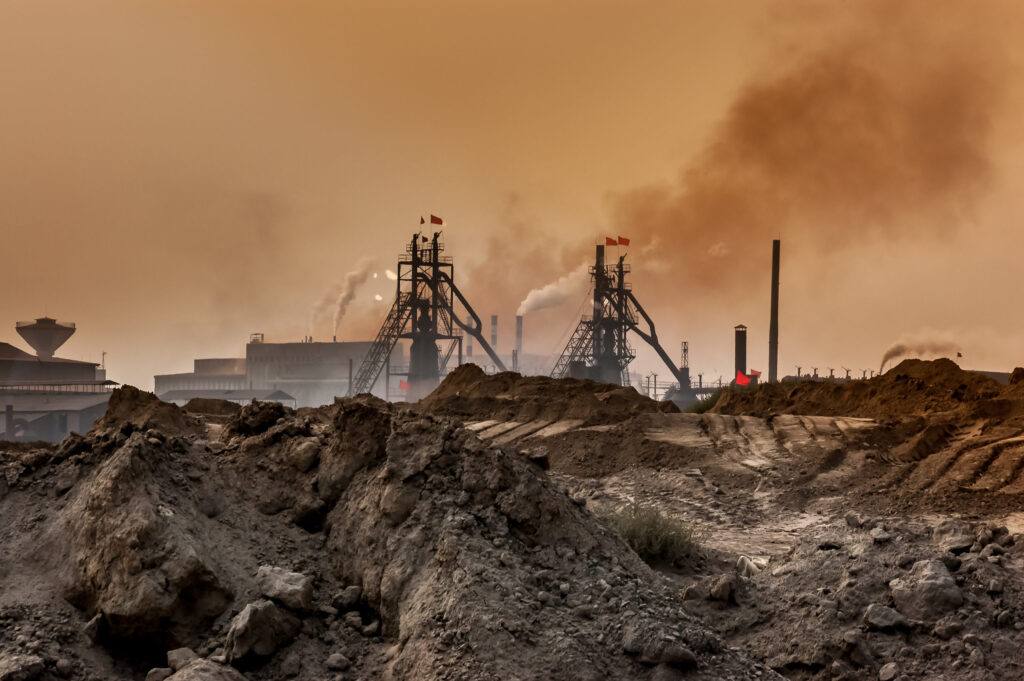Summary: China’s new licensing rules on rare earth exports drive US and European initiatives to develop processing capabilities amid significant challenges.

New Chinese government rules now require licenses to export some critical rare earth elements, especially heavy ones used in high-performance magnets. This regulatory change has sparked efforts in the United States and Europe to establish rare earth processing facilities, aiming to reduce dependence on China’s near-monopoly. Despite strong government backing, new producers outside China face significant technological and scaling challenges before they can compete.
China’s Dominance and Export Controls
Rare earth elements, essential for electric vehicle motors, wind turbines, and advanced weapon systems, are predominantly processed in China. New export licensing rules mainly target heavy rare earths like dysprosium and terbium, crucial for powerful magnets. These measures, introduced in early 2025, follow U.S. tariffs and reflect China’s strategy to maintain control over these valuable resources. Experts warn these regulatory changes could tighten supply further, as seen previously when export restrictions raised prices sharply.
Government Support and Industry Response in the US and Europe
U.S. and European policymakers are incentivizing domestic rare earth mining and processing to secure supply chains. The U.S. government has expedited permitting for mining projects and evaluated national security risks linked to mineral imports. The EU supports projects in France, Poland, and Sweden, with private firms increasing investments. Growing public and private interest positions rare earth processing outside China as a significant business opportunity, though overcoming technical and scale hurdles remains necessary.
Technological and Scaling Challenges for New Producers
Chinese firms have advanced solvent extraction techniques and tightly controlled technology export, making it difficult for newcomers to catch up. Some U.S. startups propose alternative, cleaner technologies such as chromatography, which promise lower costs, smaller plant footprints, and less chemical waste. However, experts caution that adopting new methods involves risks and may slow capacity building. Conventional solvent extraction remains the industry standard, and some companies pursue this established route to scale production in Malaysia, Texas, and France.
While new technologies show promise, industry veterans suggest leveraging proven processes to quickly raise output. Converting rare earth oxides into usable metals—where China still holds a leading technological edge—is another complex step. Companies like Phoenix Tailings and MP Materials are innovating to improve environmental impacts and yields, yet broad commercial scale-up outside China will likely take years.
China’s rare earth export licensing has heightened global awareness of supply chain vulnerabilities, prompting urgent action to diversify rare earth production. Governments in the U.S. and Europe provide critical support, and startups offer attractive new technologies. Nonetheless, building competitive capability outside China is a long-term endeavor with significant technical complexity and investment requirements. Sustained focus and funding are essential to realizing an independent rare earth supply chain for green technologies and national security.
Source: C&EN
Tag: Policy,Business,Rare Earth Materials,China
